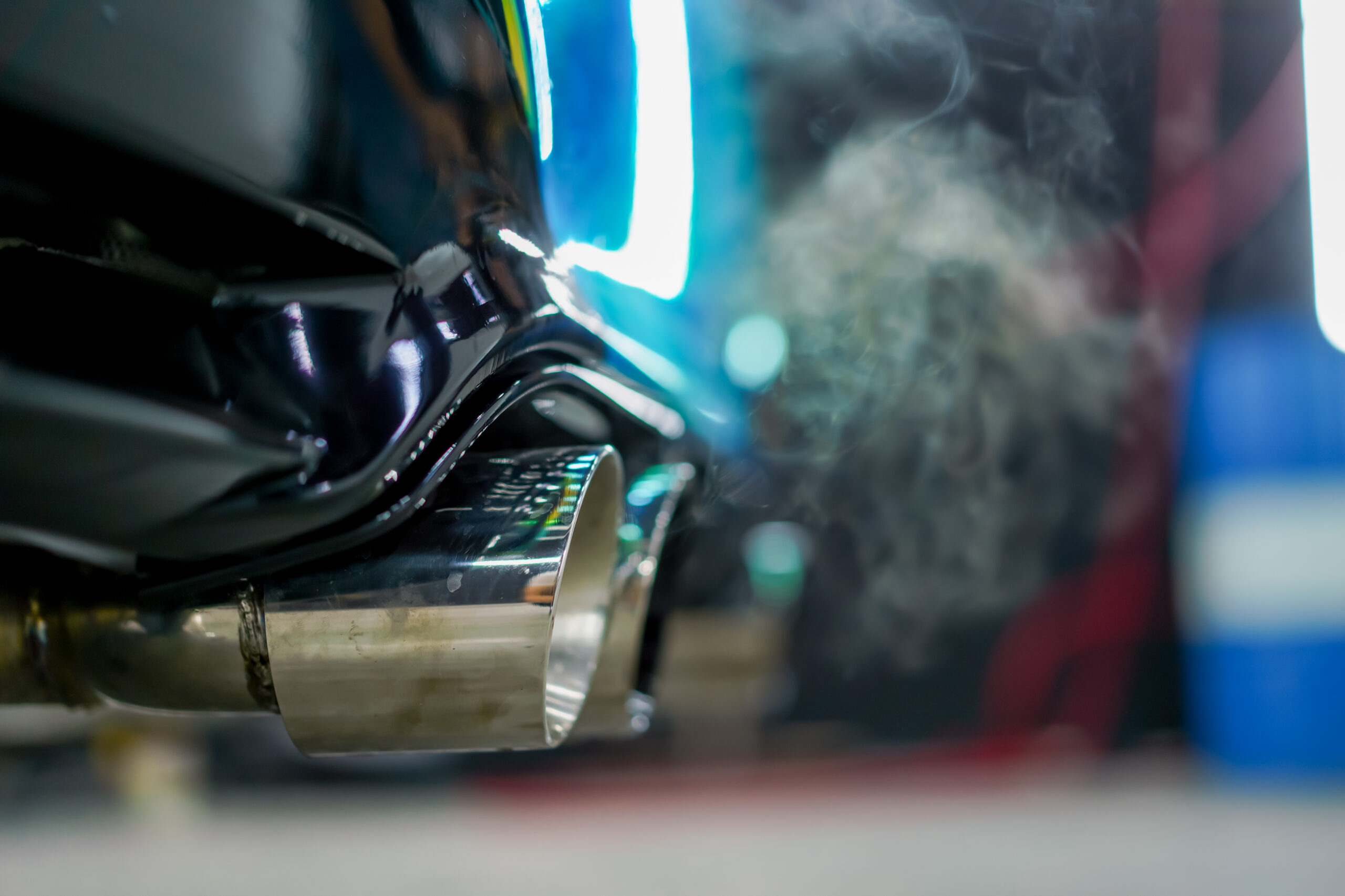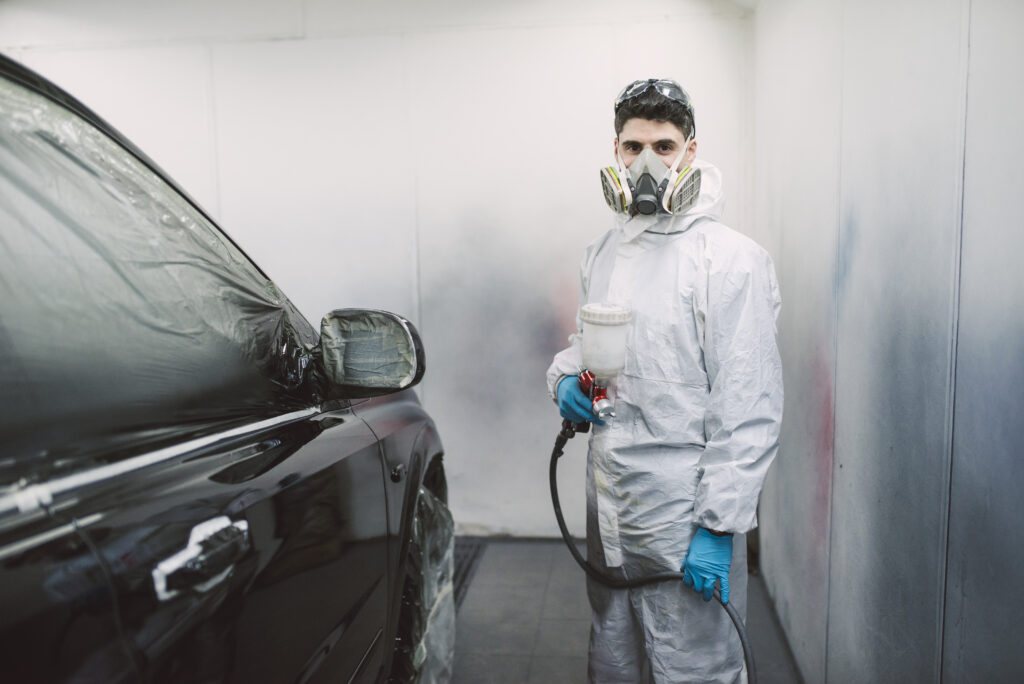Auto collision coverage is a type of insurance that helps pay for the repair or replacement of your vehicle if it is damaged in a collision, regardless of who is at fault. This type of coverage is essential for protecting your investment in your car and ensuring that you can get back on the road quickly after an accident. In this article, we’ll dive into the specifics of what auto collision coverage entails, why it’s important, how it works, and what you should consider when selecting this type of insurance.
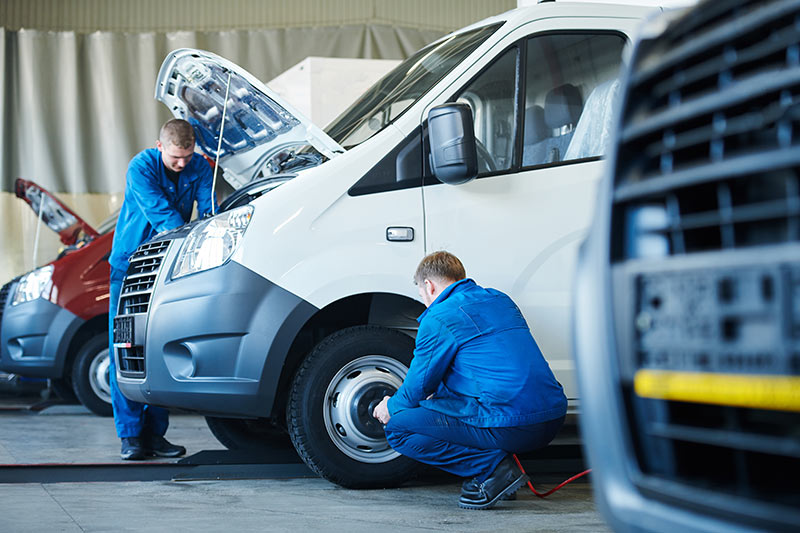
Understanding Auto Collision Coverage
Auto collision coverage is one of the most crucial components of a comprehensive auto insurance policy. It specifically covers damages to your vehicle resulting from a collision with another car, object (such as a tree, guardrail, or building), or as a result of a rollover accident. Unlike liability coverage, which only covers damages to another person’s vehicle or property, collision coverage ensures that your own vehicle is protected, regardless of fault.
For instance, if you’re driving on a slick road and lose control, resulting in a collision with a tree, your collision coverage would kick in to cover the costs of repairing your car. Similarly, if another driver hits your vehicle, your collision coverage can be used to cover the repair expenses, even if the other driver is at fault. This can be especially important in hit-and-run situations where the responsible party cannot be identified or does not have insurance.
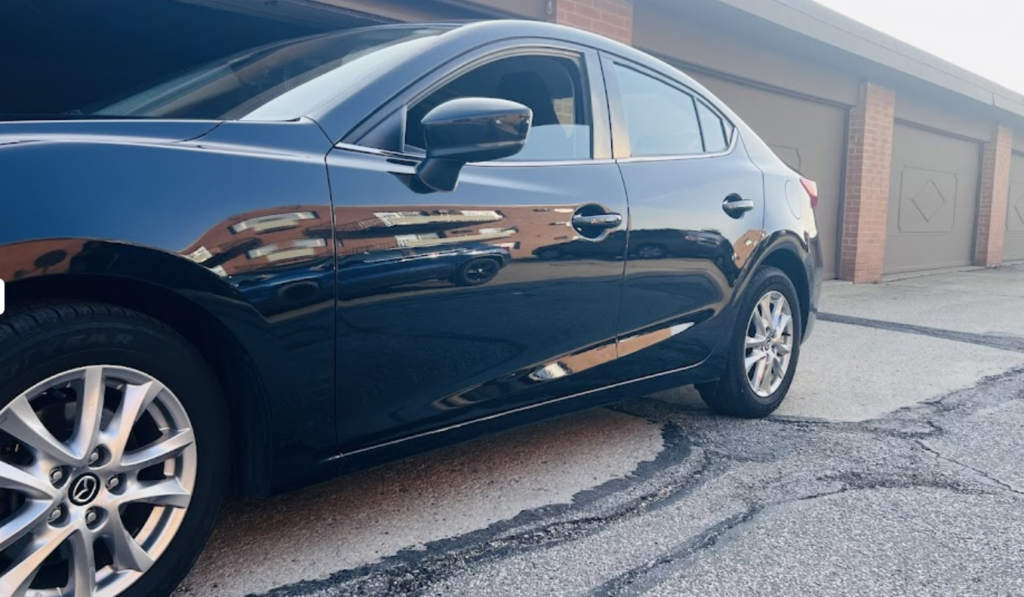
Why Auto Collision Coverage is Important
Auto collision coverage provides significant financial protection. Without it, you’d be responsible for covering the entire cost of repairs or replacement out of pocket, which can be prohibitively expensive. Even minor accidents can result in thousands of dollars in damage, and major collisions could total your vehicle, making repair costs far exceed the car’s value.
In addition to the financial benefits, collision coverage can provide peace of mind. Driving can be unpredictable, and even the most careful drivers can be involved in accidents. Knowing that you’re covered in the event of a collision allows you to drive with more confidence and less worry about the potential costs of an accident.
Furthermore, if you have a car loan or lease your vehicle, your lender or leasing company will typically require collision coverage as part of your insurance policy. This is because the vehicle is considered collateral for the loan, and the lender wants to ensure that it is protected in the event of damage.
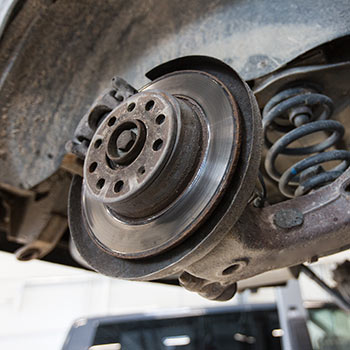
How Auto Collision Coverage Works
When you have auto collision coverage, and you’re involved in an accident, the process of using your coverage typically follows these steps:
- Report the Accident: As soon as you’re safe, report the accident to your insurance company. They’ll guide you through the process and help you understand what steps to take next.
- File a Claim: Your insurance company will help you file a claim for the damages to your vehicle. This usually involves providing details about the accident, such as when and where it happened, the extent of the damage, and any other relevant information.
- Get an Estimate: The insurance company will likely require an estimate of the repair costs. They may send an adjuster to inspect the damage, or you may need to take your car to a repair shop for an assessment.
- Pay the Deductible: Collision coverage typically includes a deductible, which is the amount you’re responsible for paying out of pocket before the insurance coverage kicks in. For example, if your deductible is $500 and the repairs cost $3,000, you’ll pay $500, and the insurance will cover the remaining $2,500.
- Repair or Replace Your Vehicle: Once the claim is approved, your insurance company will either pay for the repairs directly or reimburse you for the costs, depending on your policy. If your vehicle is totaled (i.e., the cost of repairs exceeds the car’s value), the insurance company may pay you the actual cash value (ACV) of the vehicle instead.
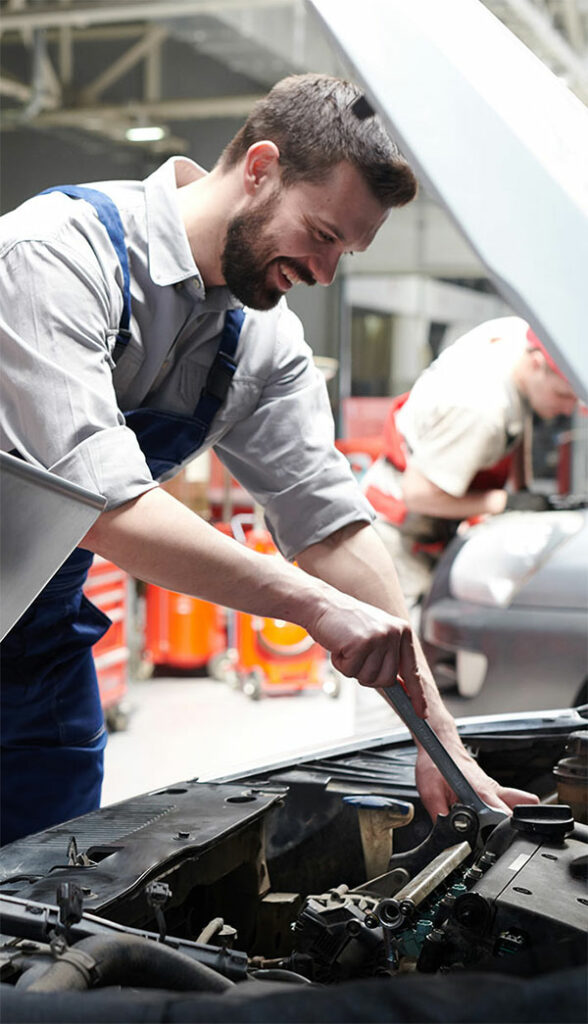
Choosing the Right Collision Coverage
When selecting collision coverage, there are several factors to consider to ensure you’re getting the right protection for your needs:
- Deductible Amount: The deductible is a key factor in determining your premium costs. A higher deductible means lower monthly premiums, but you’ll need to pay more out of pocket if you need to file a claim. Consider how much you can afford to pay upfront in the event of an accident when choosing your deductible.
- Vehicle Value: The value of your vehicle plays a significant role in determining whether collision coverage is worth it. For newer, more expensive cars, collision coverage is usually a smart investment. However, suppose your car is older and its value is low. In that case, the cost of collision coverage might outweigh the potential benefit, especially if the car could be easily replaced without financial strain.
- Driving Habits: Your driving habits and environment can influence the likelihood of needing to use collision coverage. If you frequently drive in high-traffic areas or live in a region with severe weather conditions, collision coverage may be more necessary. On the other hand, if you drive infrequently or in low-risk areas, you might be able to save by opting for a higher deductible or considering other coverage options.
- Policy Limits: It’s important to understand the limits of your collision coverage. Some policies may have limits on the amount they will pay out, particularly if your vehicle is totaled. Make sure you’re comfortable with these limits and that they align with the value of your vehicle.
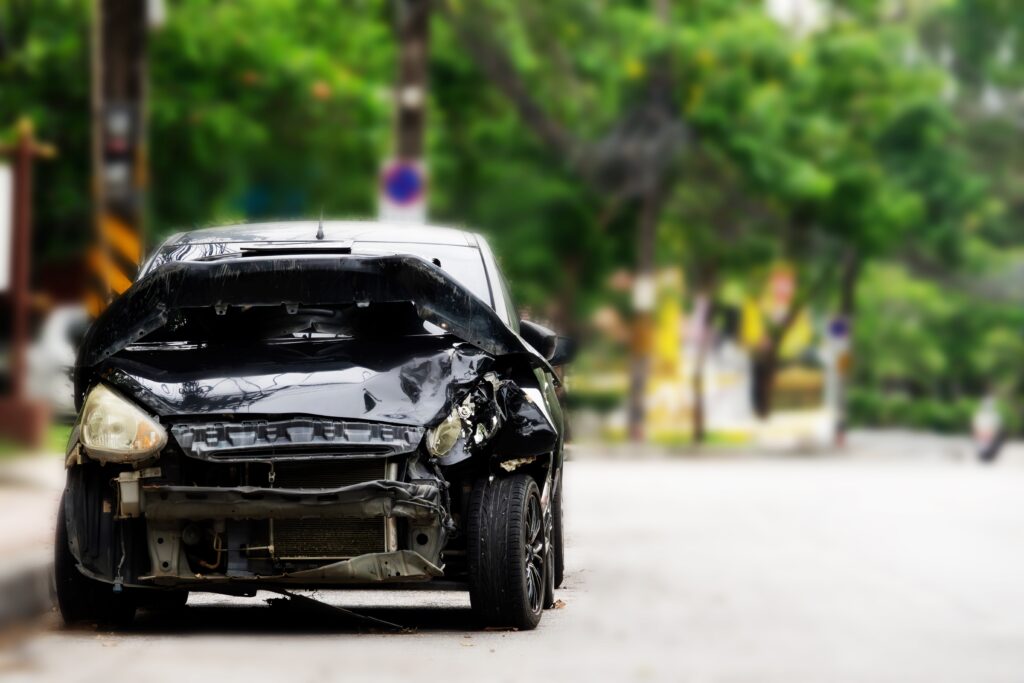
Collision Coverage vs. Comprehensive Coverage
While collision coverage is essential for protecting your vehicle in the event of an accident, it’s important to understand how it differs from comprehensive coverage. Comprehensive coverage protects against non-collision-related damages, such as theft, vandalism, natural disasters, or hitting an animal. Both types of coverage work together to provide broad protection for your vehicle.
For example, comprehensive coverage would handle the repair costs if a tree falls on your car during a storm. However, if you accidentally back into a pole, collision coverage would cover the repairs. Many drivers opt for both collision and comprehensive coverage to ensure their vehicle is fully protected in various scenarios.
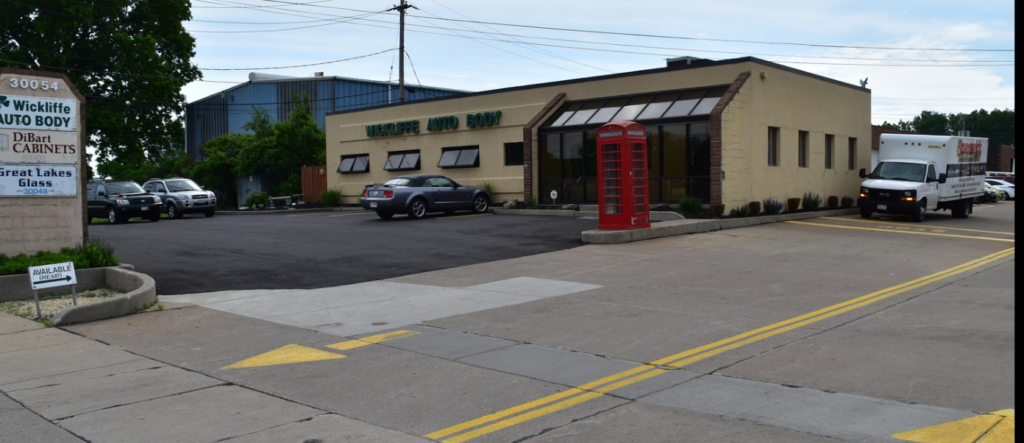
Conclusion
Auto collision coverage is a critical component of any auto insurance policy, providing essential protection for your vehicle in the event of an accident. By covering the cost of repairs or replacement, it shields you from the financial burden that can result from a collision. When selecting collision coverage, it’s important to consider factors like your deductible, vehicle value, and driving habits to ensure you have the right level of protection.
At Wickliffe Auto Body, we understand the importance of keeping your vehicle in top condition, and we work closely with insurance providers to ensure that your collision repairs are handled efficiently and professionally. Whether you’ve been in a minor fender bender or a major accident, our team of experienced technicians is here to help you get back on the road safely. By understanding the ins and outs of auto collision coverage, you can make informed decisions that protect your vehicle and your finances.

